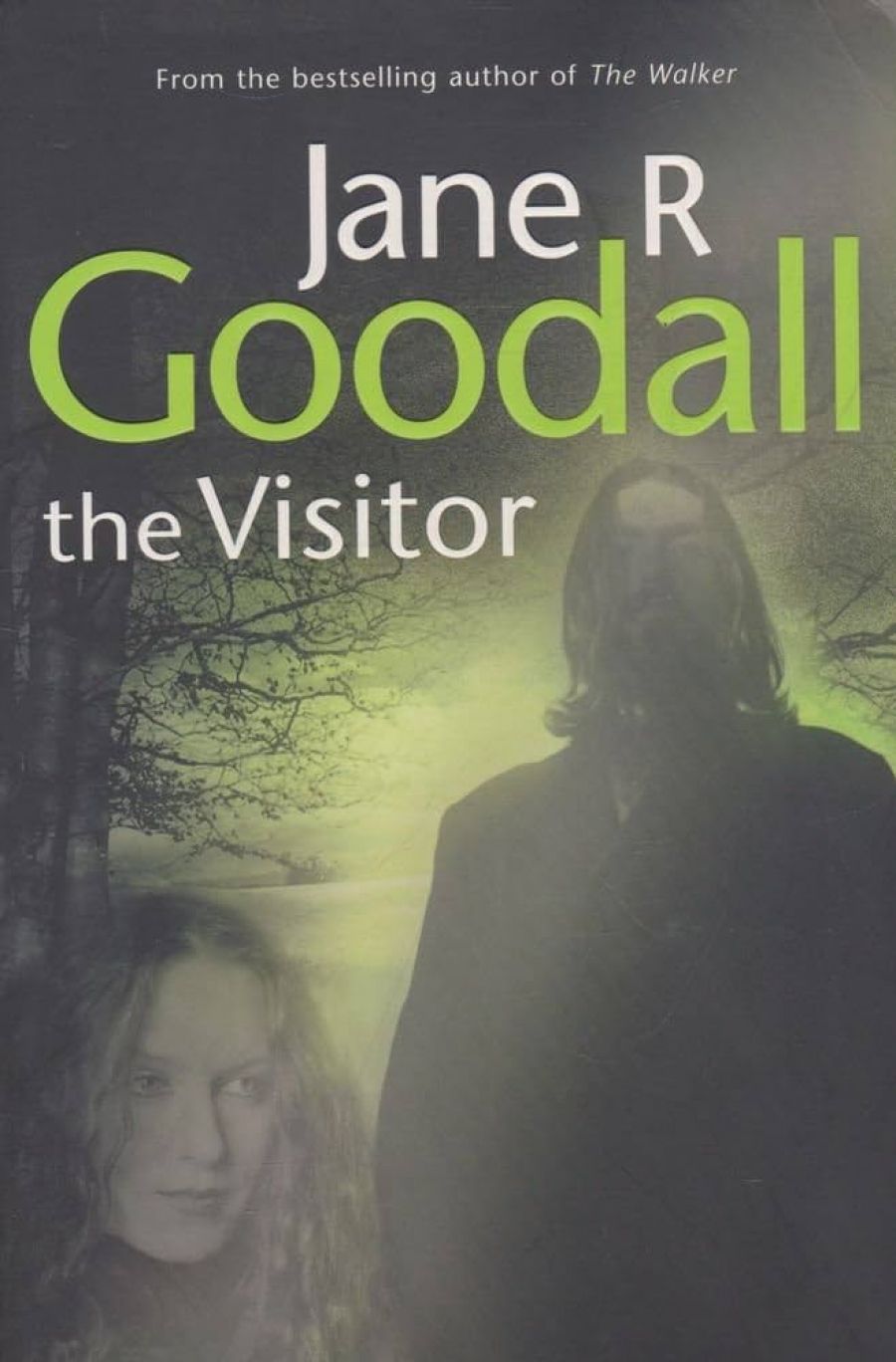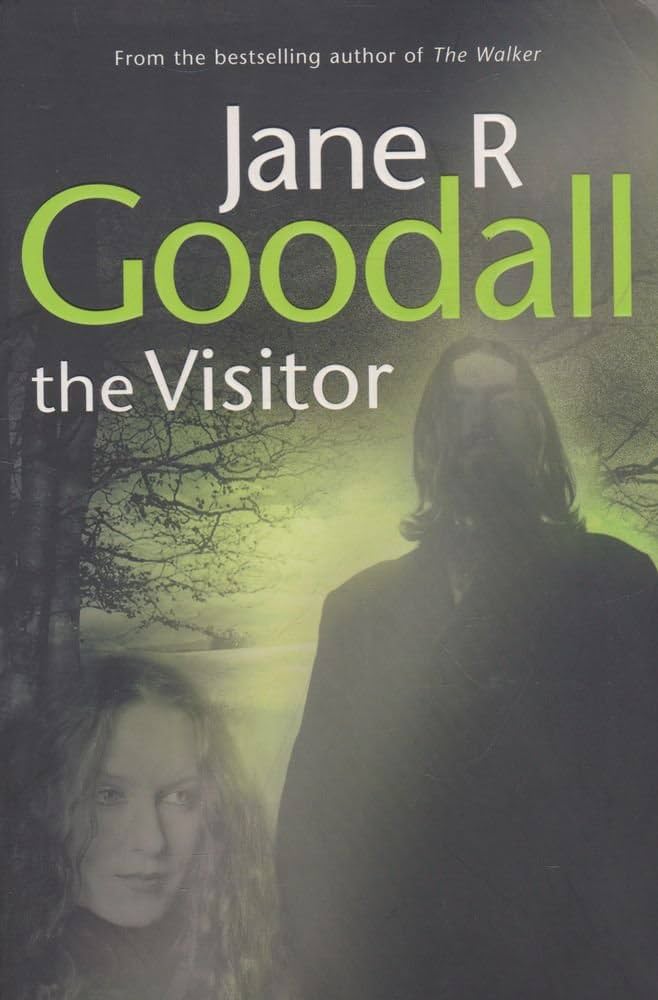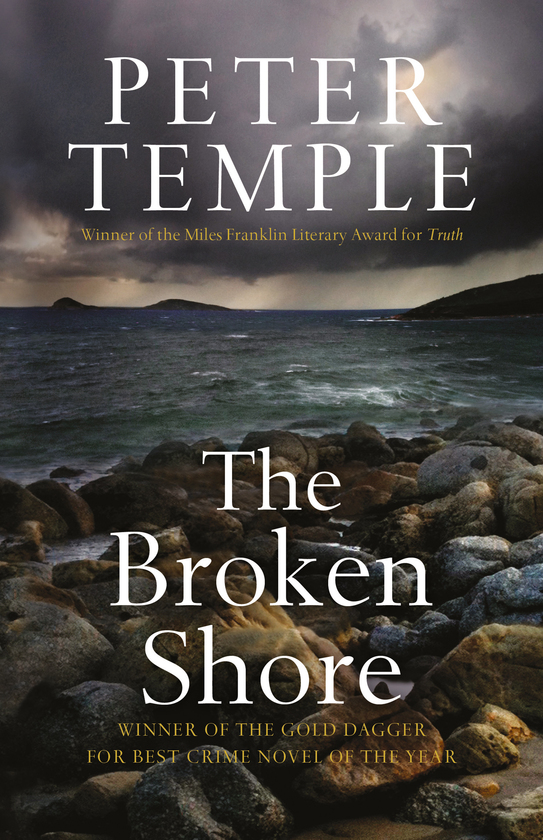
- Free Article: No
- Contents Category: Fiction
- Review Article: Yes
- Article Title: Disparate crimes
- Online Only: No
- Custom Highlight Text:
Some generals in Australia’s ‘culture wars’ have appointed themselves defenders of a mythical identity against the incursions of multiculturalists and ‘black armbanders’. Literary skirmishes over national identity have been more mundane, concerning mainly eligibility for awards. Certainly, three recent crime novels suggest that Australian writing benefits from adoption of a broad definition. That these three novels vary widely in plot, setting, characterisation and style is understandable given the authors’ disparate backgrounds.
- Book 1 Title: The Visitor
- Book 1 Biblio: Hodder, $32.95 pb, 377 pp, 0733619169
- Book 1 Cover Small (400 x 600):

- Book 1 Cover (800 x 1200):

- Book 2 Title: Rubdown
- Book 2 Biblio: Allen & Unwin, $29.95 pb, 320 pp, 1741145538
- Book 2 Cover Small (400 x 600):

- Book 2 Cover (800 x 1200):

- Book 3 Title: The Broken Shore
- Book 3 Biblio: Text, $29.95 pb, 345 pp, 1920885773
- Book 3 Cover Small (400 x 600):

- Book 3 Cover (800 x 1200):

Simone is hired to check on Tamara Wade, whose socially prominent family is embarrassed about her drug use and work in a Melbourne massage parlour. When Tamara is found dead, one of Tamara’s former clients hires Simone to investigate, which she does in some bizarre situations. Interviewing female sex workers ‘on the job’, she helps one serve a male client, and is massaged by the other in a spa tub. The sexual activity in Rubdown is so explicitly described that it becomes almost mechanical. Perhaps these references make Rubdown titillating, and so a simple surrender to male demands of the genre. An alternative interpretation is that Simone represents a generation of women who can do anything, even behave badly if they wish. In this view, Simone is a parody of male PIs and a metaphor for all women facing the ‘have it all’, post-feminist dilemma, and thus Rubdown is serious satire.
Simone resembles the stereotypical PI of the hard-boiled school. Considered a pest by the police, she has a disastrous private life, abuses alcohol and is almost broke. Not only does she sustain injury and face death in her work, but her impulsive behaviour causes her lover, Sean, a police officer, to be assaulted, shot at and suspended. His car is damaged, and his flat and jazz CD collection destroyed. After one disastrous day, Simone asks whether he was ‘okay about yesterday’ and he replies ‘Which part? The ruined career, senseless slaughter or shattered friendship?’
Four of Peter Temple’s eight novels feature Jack Irish, a likeable character who does questionable jobs for a Melbourne bookmaker. The Broken Shore introduces Joe Cashin, a homicide cop recovering from an attempt on his life that left a junior partner dead. Carrying physical scars and much guilt, Cashin transfers to a small station on Victoria’s coast to recuperate and begins to restore a house on land that has been in his family for generations. This novel is dominated by families, their strengths and failures, and especially the father–son relationship. Cashin has a son somewhere and longs to meet him. He learns that his own father committed suicide, but only when his depressed brother tries to end his own life. He describes ‘the sombre courthouse, the place where young men finally found the stern father they’d been looking for’. When a colleague complains that ‘the place is filling up with young dills’, Cashin advises: ‘Be patient. They’ll turn into older dills.’ Temple does not leave Cashin stewing in Freudian melancholy, as the murder of a prominent local man sets off a sequence of events that seems unrelated until Cashin connects them.
Temple was born across the Indian Ocean, but his writing belongs here. His evocation of rural Victoria and the mostly warm characters that populate his novels show the love of the immigrant for his adopted country and the objectivity and freshness of a broader perspective. Perhaps The Broken Shore is not the best place to begin reading Temple, because the muddy winter landscape around Port Monro is a harsh setting and the cynical police culture, personified by the vile, racist Hopgood, provides a bleak human environment. While an injured female colleague likens the support she received to that of a family, most families in this novel are sources of problems and some, of evil.
Like Redhead, Jane R. Goodall is on her second novel, but DI Briony Williams is nothing like Simone Kirsch. As with Temple, Goodall was born overseas but spent some formative years here before returning to Britain. She now works at an Australian university, and her fiction shows evidence of painstaking research. The Visitor, like The Broken Shore, is in the third person, which maintains distance from Australian currents. Most crime writing bristles with ephemera, and Rubdown’s analogies (Posh and Becks, Oprah) and clichés (gravity defying cleavage, Big Brother evictees) record and satirise transient concerns. The Visitor, however, is distant in time and space, being set in Oxford, in 1974.
Briony’s investigation of the murder of an au pair is made urgent by the disappearance of the eight-year-old twins who had been her responsibility. Generally, there is something tacky about thriller writers exploiting children’s terror for adult readers, but Goodall handles the twins so well that it is difficult to criticise their presence. While vulnerable, Miles and Daniel are precocious and emerge relatively undamaged.
The au pair was murdered following a visit to White Horse Hill where she picked up an ancient stone emblazoned with symbols. Something terrified her and she felt she was being watched. After seeking help from a counsellor and a psychic, she was dragged into the world of the occult. More bodies are discovered while Druids are active among the sarsens and barrows at the equinox. Briony’s investigations are hampered by colleagues who distrust her methods and by the mist shrouding the Oxfordshire hills. Goodall does go the long way round, gradually revealing pieces of the jigsaw. The elements of the case dovetail neatly, but the climax seems rushed. Plot is difficult to control in mystery stories. Temple could be criticised for admitting the perpetrators late in his novel, and Rubdown is lengthened by twists and turns caused by Simone’s impetuosity. On balance, however, these are minor problems.
Finding serious literature on Sean’s bookshelves, Simone claims to be ‘more of a crime fiction girl myself. Couldn’t get into a book unless someone died grotesquely in the first fifty pages.’ Such deaths are common ingredients, but these three novels remain very different and might attract distinct readerships. Briony Williams is a career woman with a shrinking private life; shunning one-night stands she has difficulty sleeping, lying awake pondering her cases. If Simone Kirsch lies awake, then the batteries in her vibrator are flat or the vodka bottle is empty. Kirsch and Williams represent distinct generations and operate in different ethical universes.
Temple’s Joe Cashin inhabits a male mental space, and the cop’s hard attitude reflects masculine preoccupations. He is reading his way through the works of Conrad, is into the throwaway one-liner, clipped dialogue and sarcasm, and succumbs to the advances of an admirer only after making clear his grudging attitude. Unlike the heroines in Rubdown and The Visitor, who remain ‘Simone’ and ‘Briony’ throughout, he is nearly always ‘Cashin’. When he takes a ‘swaggie’ in to help with the restorations, he finds a cook as well. The two men and their dogs enjoy rabbit stew in a cosy male world reminiscent of Nero Wolfe’s brownstone apartment.
The enjoyment Redhead takes in her writing transfers easily to the reader. Simone, impersonating a German porn star, describes her act as an ‘abstract, expressionist, Brechtian, Wagnerian, Nietzschean pastiche, ja?’ Rubdown is also an amalgam of buzz words and stimuli, but serious social criticism lurks below the froth. When Simone enquires about work in a massage parlour, the receptionist assumes she is another student financing her degree. Tragically, such desperation is a growing reality in this supposedly prosperous land.
Crime fiction is a broad category. These three novels display elements of the psychological thriller, the police procedural, forensic investigations, and farce. While exhibiting the best influences of British and American writing, they retain strongly Australian characteristics. One seems best for bedtime, another for the sunny window and the third for sharing with company. Readers might prefer one over the others, but experiencing them in proximity encourages closer inspection and deepens the enjoyment.


Comments powered by CComment